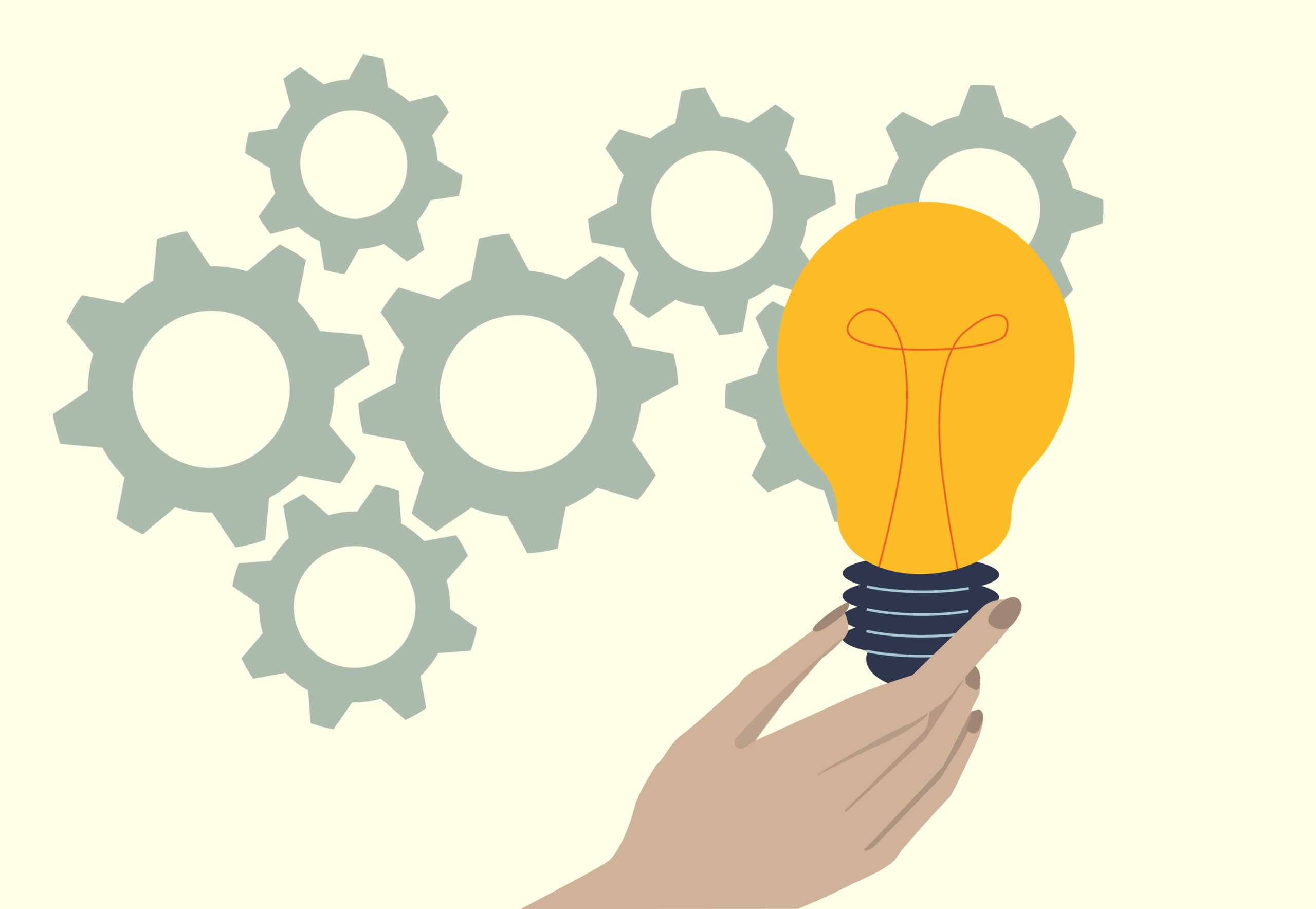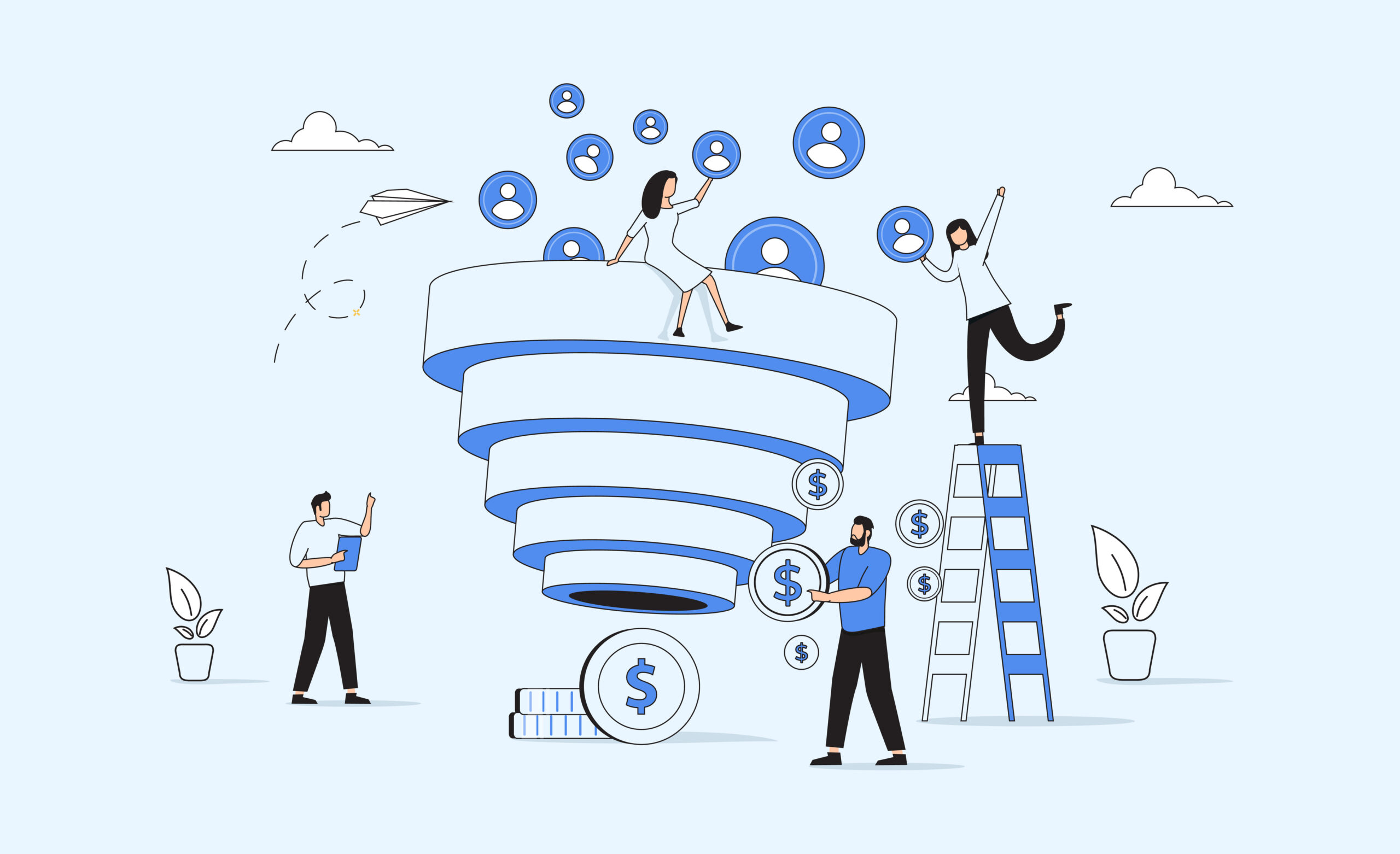The utility industry is at a crossroads that will redefine the industry for the future. The distributed energy resources (DERs) market is projected to reach a market value of $532.3b by 2027, pushed in no small part by a burgeoning prosumer base eager for personal energy production. That market includes electric vehicles (EV) and EV batteries, both of which are growing at an exponential rate that will further challenge a balanced grid. Likewise, global decarbonization efforts have positioned utilities as the frontline in mitigating the impact of climate change through direct action, including demand flexibility programs and more to conserve usage and curb carbon emissions. With the right Grid-Edge distributed energy resource management system (DERMS), gamifying environmentalism has proven useful at encouraging public support and participation in green initiatives, including DER and demand response programs.
What is Gamification?
Finding willing customers to enroll and participate in utility programs often requires the right incentives to encourage interest. Often these incentives are financial, whether that manifests as a monthly billing credit or a rebate on a participating device partner, although at times disincentives like time-of-use rates are employed to mitigate use during peak times of energy consumption. While the purpose of incentives is to encourage enrollment, participation, and programmatic growth, it indicates a challenge regarding consumer interest in conservation and renewable energy programs: people are only invested in committing to changes that help the environment if they have a personal stake in it.
Gamification is a principle that runs parallel to the various incentives designed to motivate customer behavior. Instead of focusing on fiscal rewards, gamification strategically employs game design principles to enhance customer engagement by creating a similar experience to gameplay. Gamification uses the various accouterments of gaming like badges, stamps, points, or likes to entice players to modify their behaviors according to a prescribed set of actions. Research is promising, with research indicating that gamification yields a direct increase in customer engagement. It’s this success that has led to the gamification market, which is projected to grow by $19.69b by 2025.
Mitigating climate change is a global effort, but one that requires a community effort beyond the legislative imperatives that drive regulatory change; environmental efforts are personal commitments that hopefully spread to the greater community. To gamify environmentalism, some utilities have turned to their distributed energy resource management system (DERMS) as the platform for fostering gamified participation. Through customer engagement software, utility providers can relay valuable educational and gamified information to customers interested in enrolling, or who may want to challenge their performance from month to month. Before looking at specifics, let’s look at a few common examples of gamification.
Examples of Gamification
There are many examples of gamification in our everyday life, from the “likes” and “shares” on social media designed to increase engagement, to rewards programs at your favorite restaurant. An example of gamifying environmentalism might include sharing usage data to illustrate to ratepayers the cost of their energy consumption, while simultaneously encouraging them to self compete to use less next month. That information can be easily contrasted by showing a projected amount of money saved through consumer efforts. The good news: simple gamification steps like this have been proven effective to encourage customer behaviors to engage in environmentalism.
Gamifiable Utility Programs
For most utilities, their programmatic objectives are some shade of a demand flexibility initiative or distributed energy resource (DER) technology, both of which require a robust distributed energy resource management system (DERMS) to operate. DERMS come in many different forms, so utilities looking to test out new programs may consider a SaaS-based model that allows for scalability without the high premium. Through customer engagement technology, utilities can provide leaderboards to show customers their monthly performance metrics, which rank players by their relative successes.
Gamifying Enrollment
The benefits of gamification extend beyond customers to intracompany or even cross-company competition. What that means is that utilities can show enrollment data as a means of encouraging more customers to enroll; establish an internal metric to measure programmatic growth and performance; and, potentially, challenge other utilities to compete for the largest program growth. Research indicates that through gamification, people who have exhibited past eco-friendly behaviors are more likely to repeat those patterns in the future. Tapping into that market through customer engagement can prove valuable to your programmatic growth.
Gamifying Participation
As with gamifying enrollment, utilities can encourage cross-channel competition, whether that’s in challenging customers to use less through a leaderboard or other gamified strategy, or in providing a baseline for programmatic success or failure. In short, utilities can use participation data as a key performance metric to measure internally, while customers can use it to encourage participation against one another. With the right distributed energy resource management system (DERMS), utility providers can engage and educate customers about their carbon footprint, while suggesting solutions to lower energy consumption.
Gamification & Distributed Energy Resource Management Systems (DERMS) Conclusion
The growth in both the demand response and DER markets underscores a burgeoning public interest in assuming direct personal responsibility for decarbonization needs. Still, research indicates that while the public sentiment supports these climate change mitigations, there is often a disconnect between customers wanting change and working toward it. For utilities, finding a low-cost path to meet these legislative and regulatory needs is critical to managing budgetary and programmatic needs. Fortunately, there are software solutions that make gamification easy and affordable, ready to scale to grow with your program.





